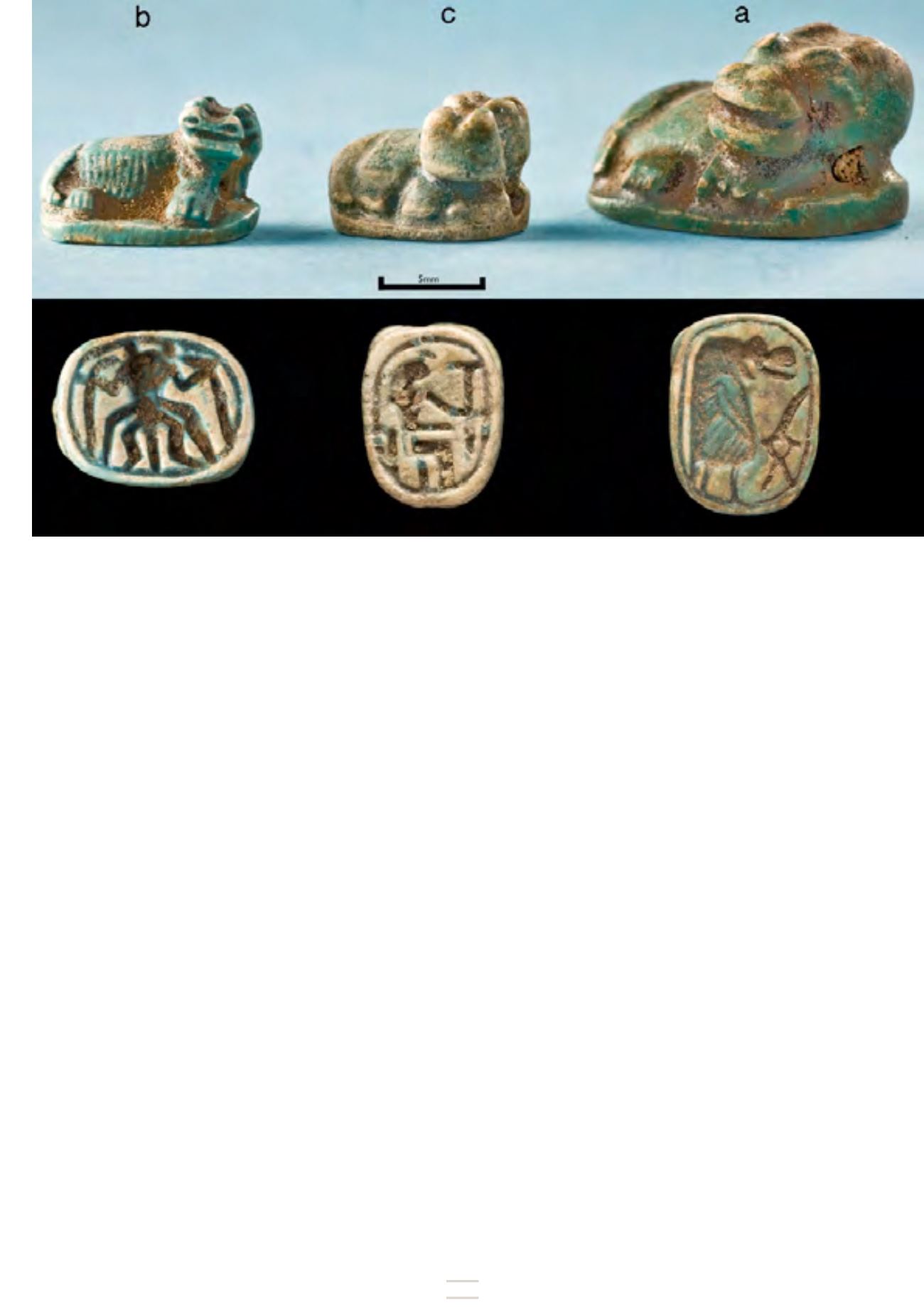

11
Queen of England Commander of the Order of the British Empire (CBE)
for services to archeology, education and international relations in Egypt
(the Order is intended to reward those who have given prestige to the
United Kingdom and the Commonwealth in science, economics, art, cul-
ture, sports or education). From the reign of King George V, founder of
the Order in 1917, this is the first time that this award has been given to
an archaeologist.
How did your passion for ancient Egypt begin?
It began at secondary school when I was about fourteen. My father had
volunteered to join the British army during the Second World War and
was sent to Egypt as a truck-driver in the Suez Canal zone. On his leave
time he visited the Egyptian Museum and the popular sites, including
those at Luxor. He sent photographs and postcards home to my mother
and they became a part of my growing-up. When, much later at school,
I was asked to write a project of my choosing, I based it around some of
the pictures and began reading books in the local library. In that way did
my interest begin, as well as an interest in field archaeology generally.
You have been digging for more than 35 years at Tell el Amarna, the an-
cient Akhetaton. Before then, where else were your commitments in the
world of archeology and Egyptology?
My first research interest was in the archaeology of Abydos, which began
when, for a doctoral dissertation (which I never finished), H.W. Fairman,
the professor of Egyptology at the University of Liverpool, urged me to
base it on the extensive unpublished excavations there of John Garstang.
I might well have continued to make Abydos the main focus of my rese-
arch. Around this time, however, David O’Connor chose Abydos as the
Three scaraboid beads with hippopotamus backs, made from glazed steatite, all from grave H54 (13199) in the South Tombs Cemetery, debris from the base of a wooden
coffin that had contained an adult (Ind. 188A, woman, 40–45) and a child (Ind. 188B). The base designs show (left to right) Bes, a seated goddess, and Taweret. Objects
39933a, b, c. The objects illustrate the continuing hold of traditional gods amongst Amarna’s people.


















